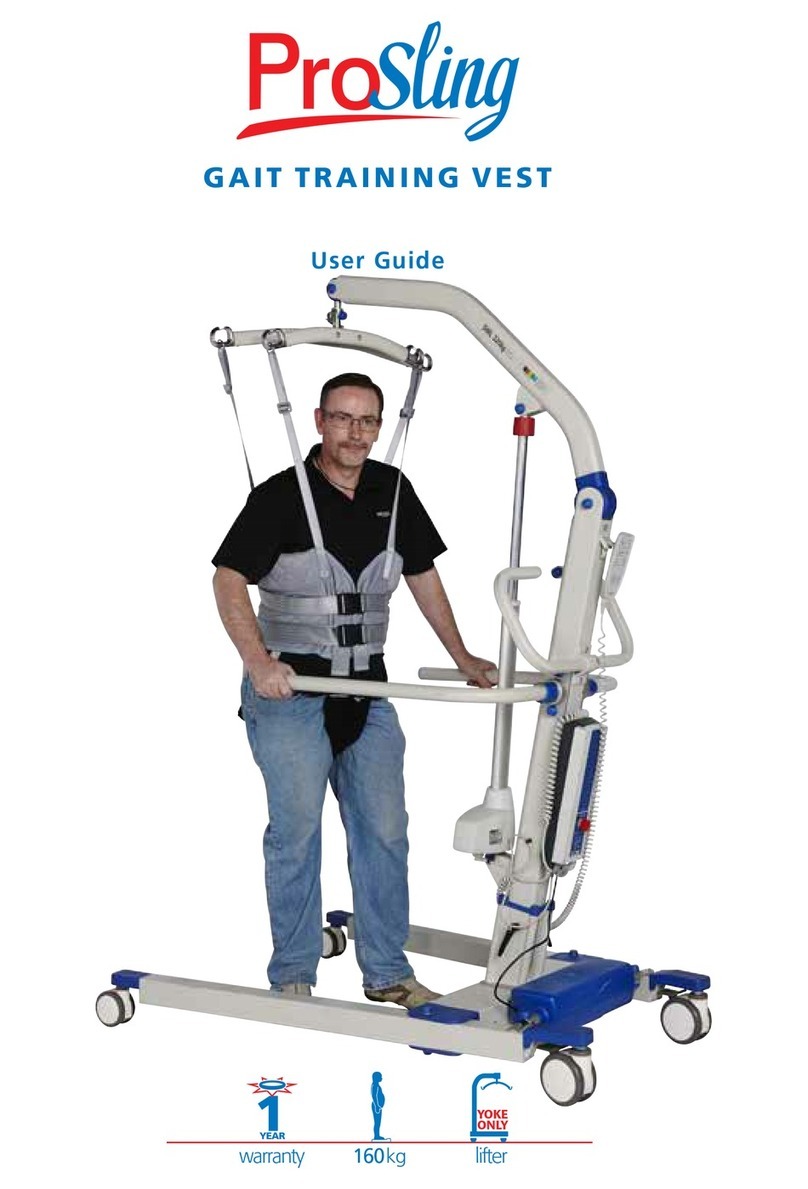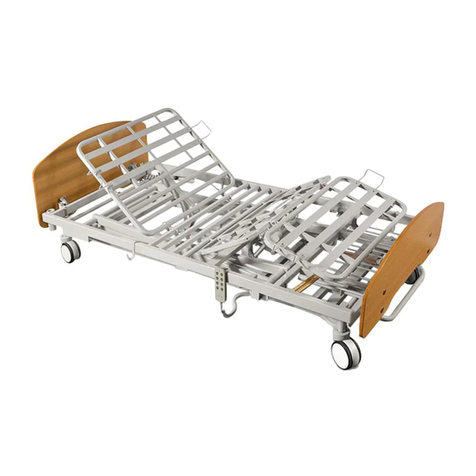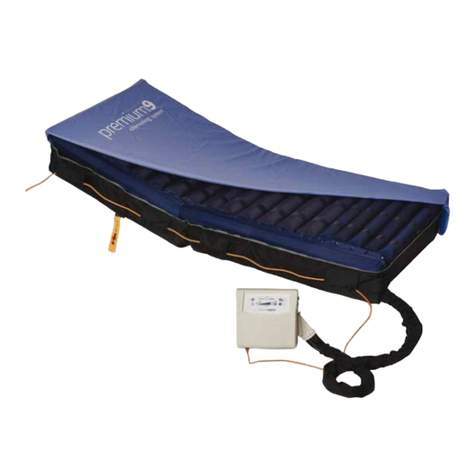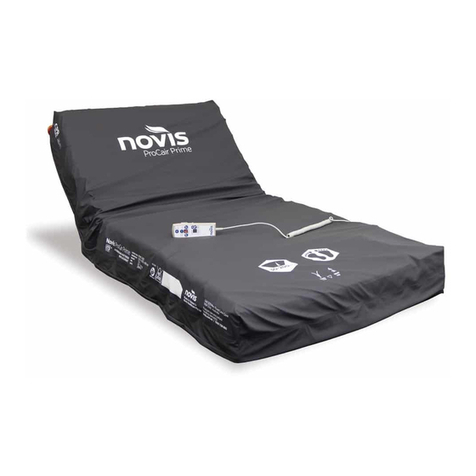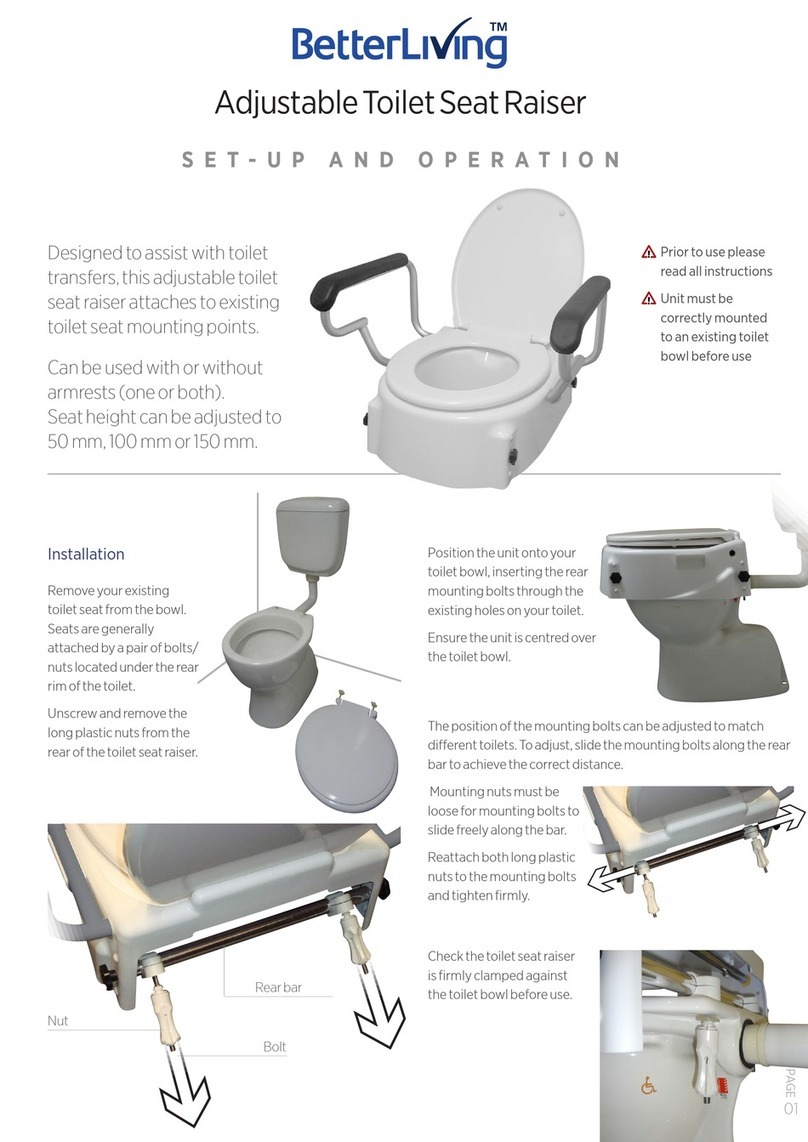
Lifter and Sling Use Guide
2023
AMBULATING SLING 42
DESCRIPTION 42
RECOMMENDED ACCESSORY GROIN STRAP 42
RECOMMENDED USAGE 42
Sling Application 42
Transfer/Mobilisation 43
Sling Safety and Checkpoints 44
Sling Removal 44
REPOSITIONING SLING 45
DESCRIPTION 45
COMPONENTS 45
Sling Positioning 45
Lateral transfer or repositioning in bed 46
Turning in Bed 46
Sling Safety and Checkpoints 47
STRETCHER SLING 48
DESCRIPTION 48
RECOMMENDED USAGE 48
Sling Application 48
Lifting/Transfer 49
Sling Safety and Checkpoints 49
Sling Removal 49
SCOOP STRETCHER 50
DESCRIPTION 50
RECOMMENDED USAGE 50
Opening the stretcher – without load 50
Opening the stretcher - with load 50
Closing the Stretcher Locks 51
Safety Considerations for Lifting 51
Preparation 51
Applying the Stretcher in a Bed 52
Lifting Stretcher from bed/trolley 52
Applying Stretcher on the floor 52
Lifting from floor with Molift Partner 205/230/255 53
Removing the Stretcher 53
X-RAY AND CT SCANNING 53
CLEANING INSTRUCTIONS 54
MAINTENANCE 54
EVOSLING FLEXISTRAP 55
DESCRIPTION 55
RECOMMENDED USAGE 55
Sling Application 56
Lifting with Limb Sling 56
Removing Limb Sling 57











